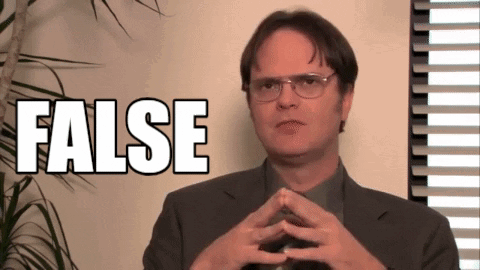Ota, someone want to check my math here?
Step 1, Attenuation = 22 dB, Rx = 920567 ohms, Ry = 79433 ohms, Resistor = 79433 ohms. 82K5 I set this so Zin = 1M
Step 2, Attenuation = 20 dB, Rx = 900000 ohms, Ry = 100000 ohms, Resistor = 20567 ohms. 20K5
Step 3, Attenuation = 18 dB, Rx = 874107 ohms, Ry = 125893 ohms, Resistor = 25893 ohms. 26K1
Step 4, Attenuation = 16 dB, Rx = 841511 ohms, Ry = 158489 ohms, Resistor = 32596 ohms. 32K4
Step 5, Attenuation = 14 dB, Rx = 800474 ohms, Ry = 199526 ohms, Resistor = 41037 ohms. 41K2
Step 6, Attenuation = 12 dB, Rx = 748811 ohms, Ry = 251189 ohms, Resistor = 51663 ohms. 51K1
Step 7, Attenuation = 10 dB, Rx = 683772 ohms, Ry = 316228 ohms, Resistor = 65039 ohms. 64K9
Step 8, Attenuation = 8 dB, Rx = 601893 ohms, Ry = 398107 ohms, Resistor = 81879 ohms. 82K
Step 9, Attenuation = 6 dB, Rx = 498813 ohms, Ry = 501187 ohms, Resistor = 103080 ohms. 102K
Step 10, Attenuation = 4 dB, Rx = 369043 ohms, Ry = 630957 ohms, Resistor = 129770 ohms.130K
Step 11, Attenuation = 2 dB, Rx = 205672 ohms, Ry = 794328 ohms, Resistor = 163371 ohms.162K
Step 12, Attenuation = 0 dB, Rx = 0 ohms, Ry = 1000000 ohms, Resistor = 205672 ohms. 205K
Note: My Grayhill footprint works with both a 6x2 and 12x1, so pine 14 is not used here that is for 6x2. Thanks Gordon
































![Soldering Iron Kit, 120W LED Digital Advanced Solder Iron Soldering Gun kit, 110V Welding Tools, Smart Temperature Control [356℉-932℉], Extra 5pcs Tips, Auto Sleep, Temp Calibration, Orange](https://m.media-amazon.com/images/I/51sFKu9SdeL._SL500_.jpg)








